

This tutorial is designed to help a novice shifter kart racer build a simple cost effective fuel system. This system is not my invention, it is a system we used for 2 years without a problem on tracks ranging from tight (Amago) to very fast (Streets of Willow). I take no credit for it, I am just passing along a pretty good deal.
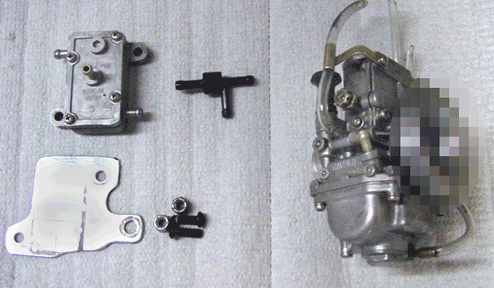 |
|
| Here are the parts you will need, along with about 10 feet of polyurethane fuel line. Try to avoid the squishy Tygon stuff. Keeping the line from collapsing under pressure or pinching is very important. | |
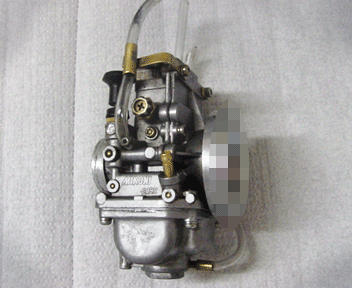 |
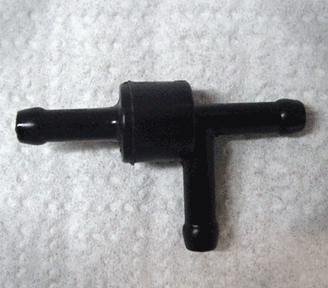 |
| We have messed with other carbs and unless you really understand curburetion and have lots of time at the track, do not use anything but this unit. This is a Suzuki RM80 carburetor. It is different from the generic Mikuni flatslide, so don't even think of using anything else. (the pixelated area hides the flow bench work Doug). The carb costs $210 at better kart shops everywhere. The brass vent retainers come from Greg Lewis at Tina King Racing. Vents must always be pointed up and terminate above the carburetor. If you run your vents into a catch can and the can fills with fuel and covers the ends of the vent hoses, the motor will magically turn itself off. Muy no bueno. Float height is pretty close to right from the factory. Start with a 185 main and 40 pilot jet and lean it down carefully. | This is the fuel pressure regulator. This jewel comes from a mid 80's Honda Odyssey and should run you about $20. (my parts guy told me the number is 167-01-VMO-770). |
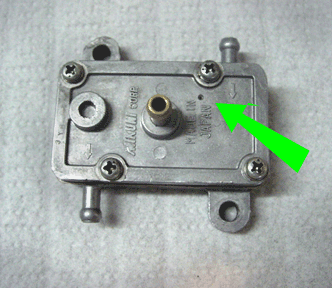 |
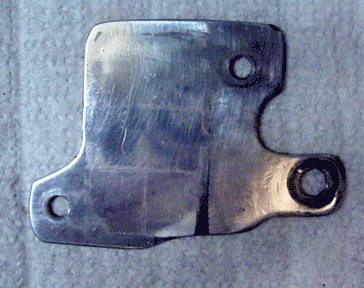 |
| This is the Mikuni fuel pump and it will run you around $30. Buy a rebuild kit because the pump will work effectively for about a year or two and then require new diaphrams. The little hole (.020) helps drain off oil that collects in the air chamber. Donnie Bootes at S&G Racing will happily sell you a pump with this mod. | This is the exclusive, patent pending CMC machined fuel pump plate that attaches the pump to your right seat strut. Why mount it there? The closer to the pulse source on the reed cage, the more efficient the signal to the pump. Muy bueno. |
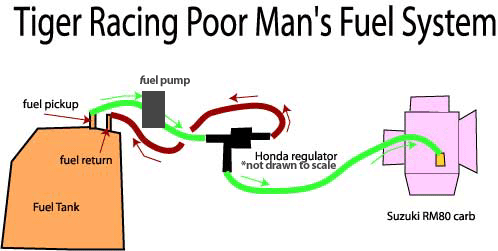 |
|
| Here is my bonehead drawing of how the system works. Follow the verde lines to the carburetor and the rojo lines returning unused fuel back to the tank. Try to integrate a fuel filter between the tank and the pump. I use and like the disk-shaped filter with the steeless steel screen. | |